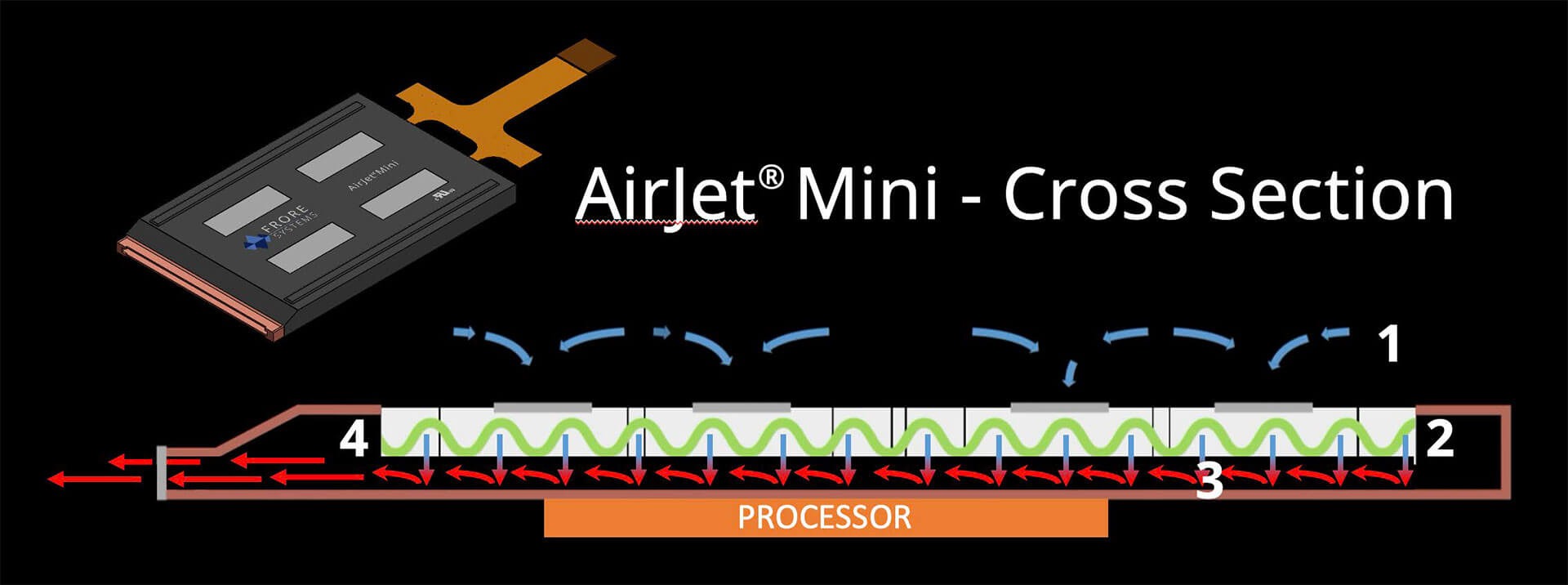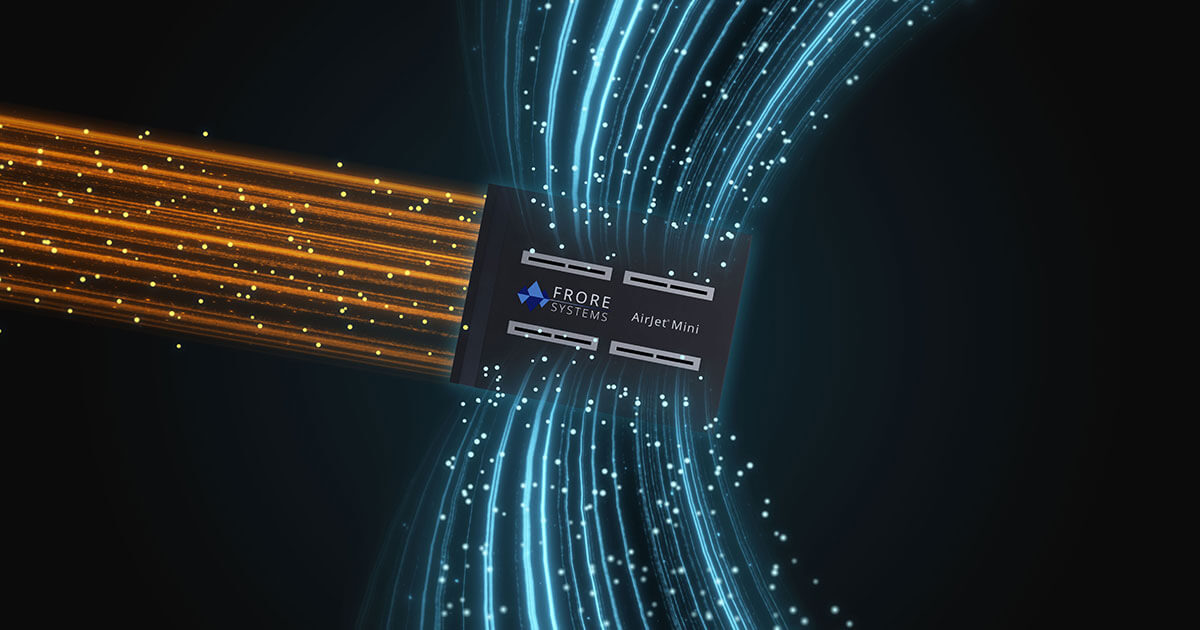
What is considered a fluid?
Fluid is a substance , such as a liquid, gas (including air), that is capable of flowing and that changes its shape when acted upon by a force.
The Boundary Layer is a thin layer of fluid created along surfaces as fluid moves across it. Every surface, from your hand, to the surface of a heat sink used to cool electronic devices, is surrounded by a boundary layer. In electronic devices, the boundary layer creates an insulating blanket of air molecules across hot surfaces that inhibits heat dissipation. This makes it difficult to remove heat from your device. When your device gets hot and can’t be cooled adequately, the operating system is designed to throttle the processor to protect the device, but this lowers its performance.
What is throttling?
Throttling is a protective mechanism aimed at preventing overheating and processor damage. It lowers the performance of your devices well below its real capability - protecting your device, but leaving the user frustrated with low performance and slow operation.
The how to overcome the boundary layer to enable more efficient heat transfer is more complex….
In fluid mechanics, the boundary layer is the thin layer of fluid (including air) in the immediate vicinity of a bounding surface formed by the fluid (or air) flowing along the surface. The fluid's interaction with the wall follows the no-slip boundary condition (meaning zero velocity at the wall). The flow velocity then increases away from the surface until it returns to the bulk flow velocity. The thin layer consisting of fluid whose velocity has not yet returned to the bulk flow velocity is called the velocity boundary layer.
So what does that mean….

Basically, the closer air gets to a solid surface, the slower it moves.

When air flow is generated by a fan across the hot surface, only the slow moving air in direct contact with the hot surface quickly becomes saturated with heat, but the bulk of the faster moving air flow further above the hot surface does not pick up heat severely curtailing the effectiveness of heat sinks and fin stacks.
Of course, the more surface you can create on a heat sink the better, as that leads to more heat removal, but the rate of heat transfer into air flow across the surface of the heat sink will always be limited.
However, if air impacts the surface vertically in high-speed pulsating jets, it obliterates the boundary layer of insulating air, enabling all the air impacting the surface to be completely saturated with heat and significantly increasing heat dissipation

This is how AirJet works.
AirJet’s innovative design features vibrating piezoelectric membranes, which move air through the chip at extremely high speeds - up to an astonishing 200km per hour (124.3 miles per hour). The air is pulled into the chip and then forced through tiny holes in the upper section of the AirJet, resembling a shower head, to create rapidly pulsating jets of high-speed air. These jets of air then cross an extremely thin, 300-micron gap inside the chip, and vertically impinge onto the hot copper spreader which forms the base of the AirJet. The pulsating jets destroy the boundary layer of air that usually inhibits heat transfer. This process of disrupting the boundary layer enables an extremely high heat transfer efficiency.
With the Boundary layer gone, the heat is easily absorbed into the air inside the AirJet, completely saturating it. This heat saturated air is then completely ejected from the AirJet chip through a side exit spout.
The diagram below shows how air enters the AirJet, pulsating jets are generated, boundary layer is obliterated causing efficient heat transfer and hot air is ejected through the side exit spout. AirJet leverages the laws of thermal dynamics in ways that were impossible before the development of the chips massive back pressure capabilities.

- Cool Ambient air is pulled into the AirJet chip through a dustproof filter.
- The vibrating piezoelectric membranes pull the air into the device and push it down through tiny holes below as pulsating jets at speeds of up to 200 km/hr.
- The pulsating jets of air then vertically impinge on the hot copper spreader, destroying the boundary layer of air that usually prevents heat transfer, enabling AirJet’s extremely high heat transfer efficiency.
- The AirJet chip then ejects the heat saturated air through a side exit spout.
What is System Resistance?
System resistance is the amount of friction that air encounters as it flows through a confined space such as inside ultra-thin electronic devices. The higher the system resistance, the higher the backpressure (also known as static pressure) is needed to create enough suction force to overcome the resistance and pull air through compact enclosed spaces. Airjet, with it's extraordinary back pressure of 1750 pascals, ensures peak performance overcoming system resistance even in compact enclosed spaces.
This innovative approach to active cooling using AirJet, the world’s first solid-state active cooling chip, has opened new opportunities for increased performance in ultra-thin form factors. To meet the needs of manufacturers for active cooling in ultra-thin Notebook devices, Frore Systems has developed an innovative approach using AirJet, enabling active cooling in Notebook devices as thin as 9.5mm (0.374 in). Find out more about AirJet and its application in ultra-thin Notebook devices here.






